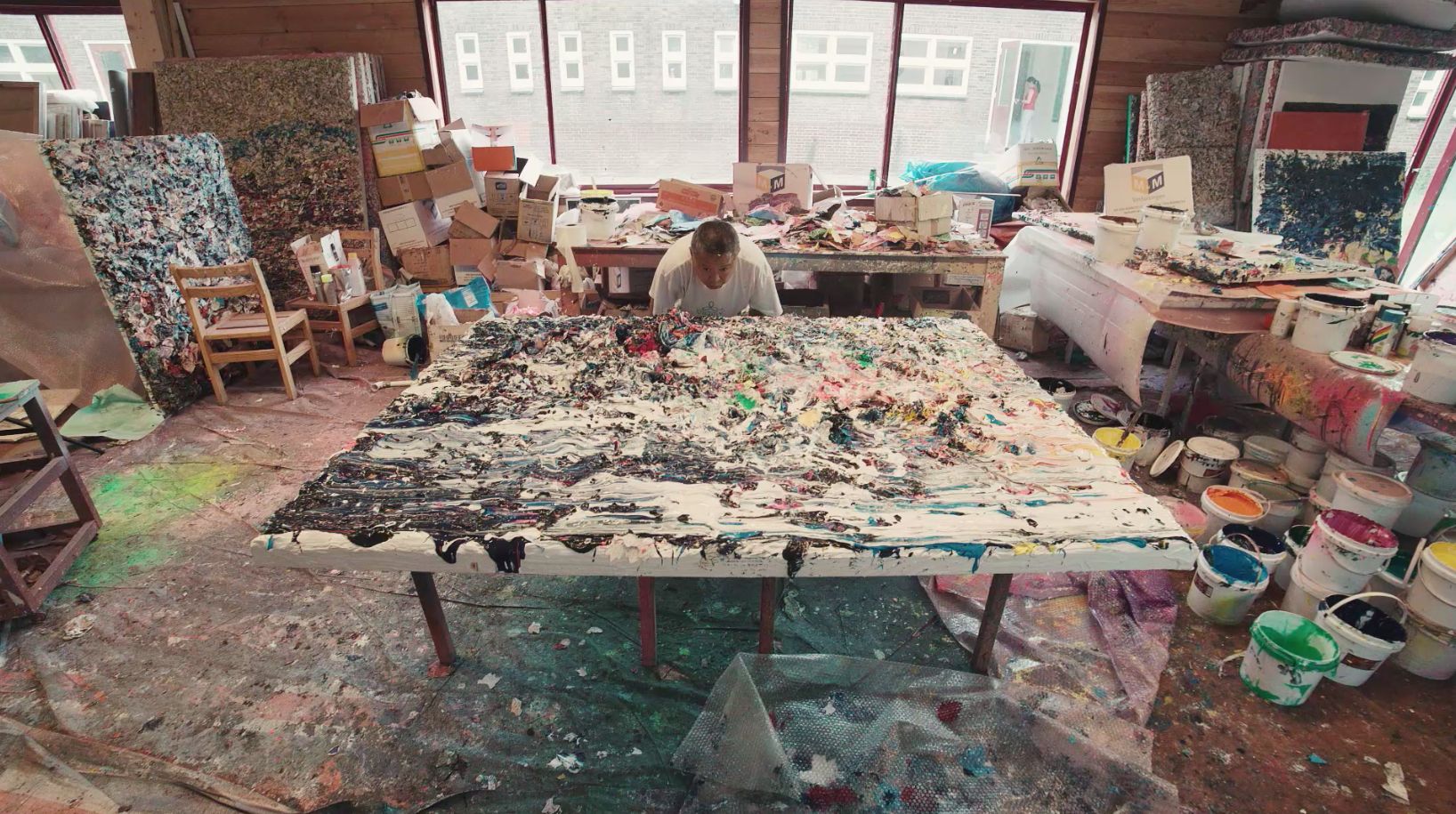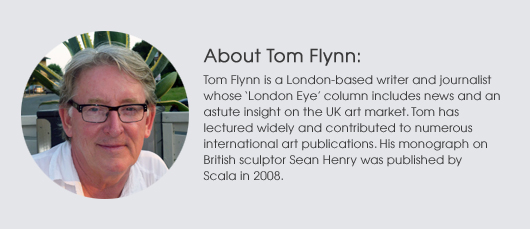
LONDON — Is the art market sufficiently regulated? It is a question that crops up with increasing frequency as prices rise to unprecedented levels and as reports of unethical business practices leak into mainstream media. Some commentators argue that fraud, money-laundering, insider-trading and a generalized lack of transparency are becoming endemic in the art market.
One of the loudest alarm bells was rung by the American economist Nouriel Roubini at the World Economic Forum in Davos, Switzerland back in January.
“Whether we like it or not,” Roubini said, “art is used for tax avoidance and evasion. It can be used for money-laundering. You can buy something for half a million, not show a passport, and ship it. Plenty of people are using it for laundering.” His warnings were echoed by Martin Roth, director of the Victoria and Albert Museum in London, who described money-laundering as “a camouflage thing … not really related to the art world.”
The “camouflage thing” was one of the main themes of this year’s Art Business Conference in London in September, attended by lawyers, insurance professionals, art recovery agencies, dealers, art advisers, public relations executives, academics and journalists. (Full disclosure: your London Eye correspondent chaired a panel discussion at the conference.)
Leading London-based specialist art lawyer Pierre Valentin described the “unregulated market” as “a myth” and “a meaningless cliché,” offering the conference a veritable inventory of the regulations imposed on the art trade at both a national and EU level.
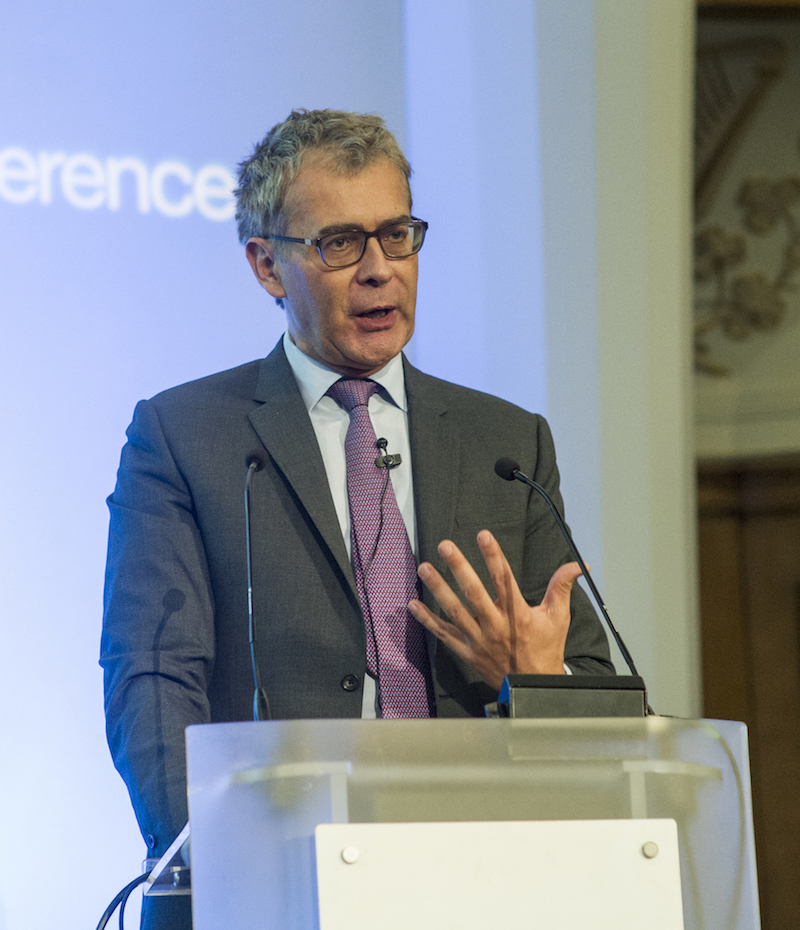
Such laws notwithstanding, Robert Hiscox, founding chairman of the eponymous art insurance company and a keen art collector himself, described the art market as “the Wild West,” urging stronger oversight to improve business opportunities.
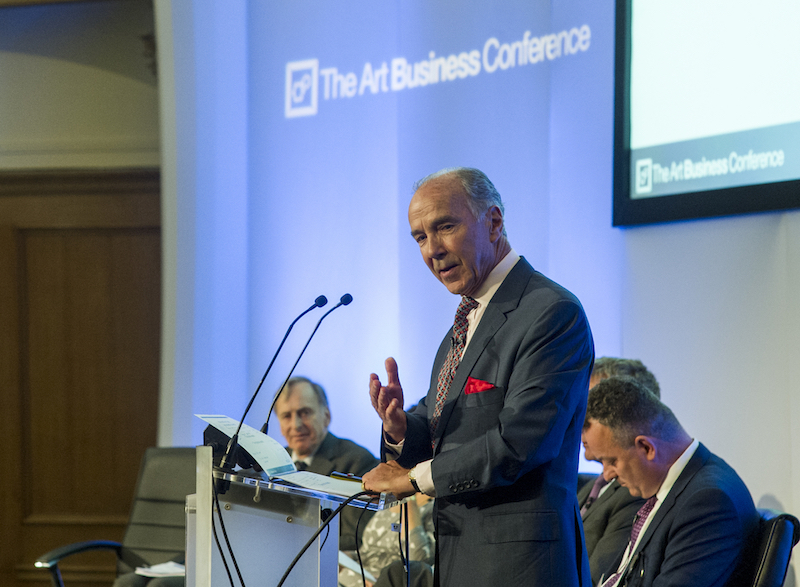
Later in the day, Michael J.J. Martin of Deloitte reassured delegates that regulators were now beginning to “show strong interest in addressing the money-laundering risk in art.” Martin went on to list some of the strategies currently being put in place to combat the problem.
Other panels at the conference were devoted to professional risk and reputation and art-based finance and art loans. This latter discussion featured Suzanne Gyorgy of Citibank Art Finance, who revealed the jaw-dropping fact that the “middle market” is now defined as “$50 million.”
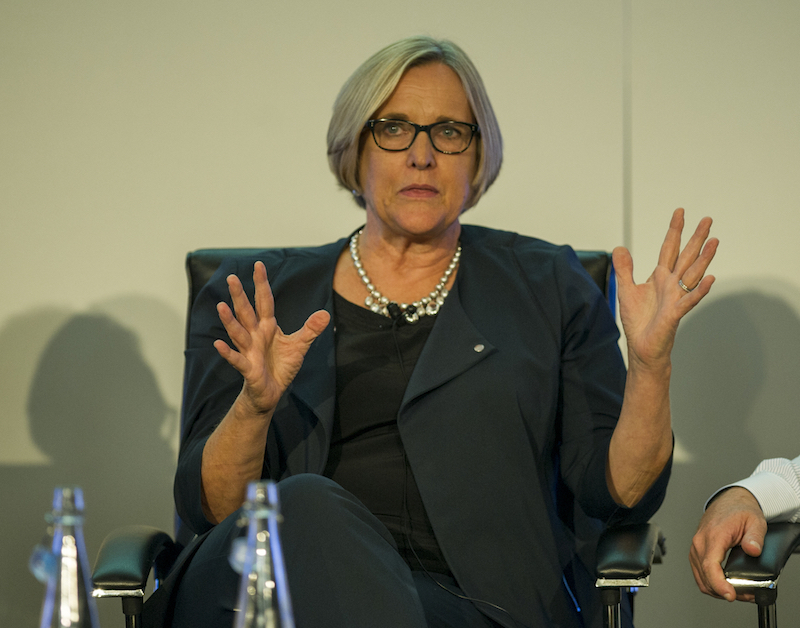
In the afternoon session, the increasing prominence in the art market of the social networking tool Instagram was outlined by young entrepreneurial art dealer Joe Kennedy of the recently founded art gallery UNIT London.
Kennedy told conference attendees that while Instagram was “definitively not a sales tool,” its promotional and educational benefits had transformed the fortunes of his own business, which recently took over new premises in the heart of London’s vibrant Soho district.

The following week, Auction Central News went down to UNIT London’s gallery to see whether the fabled Instagram effect had brought the expected crowds to the opening night of “RAW,” an exhibition of recent work by the Rotterdam-based Chinese painter Zhuang Hong Yi.
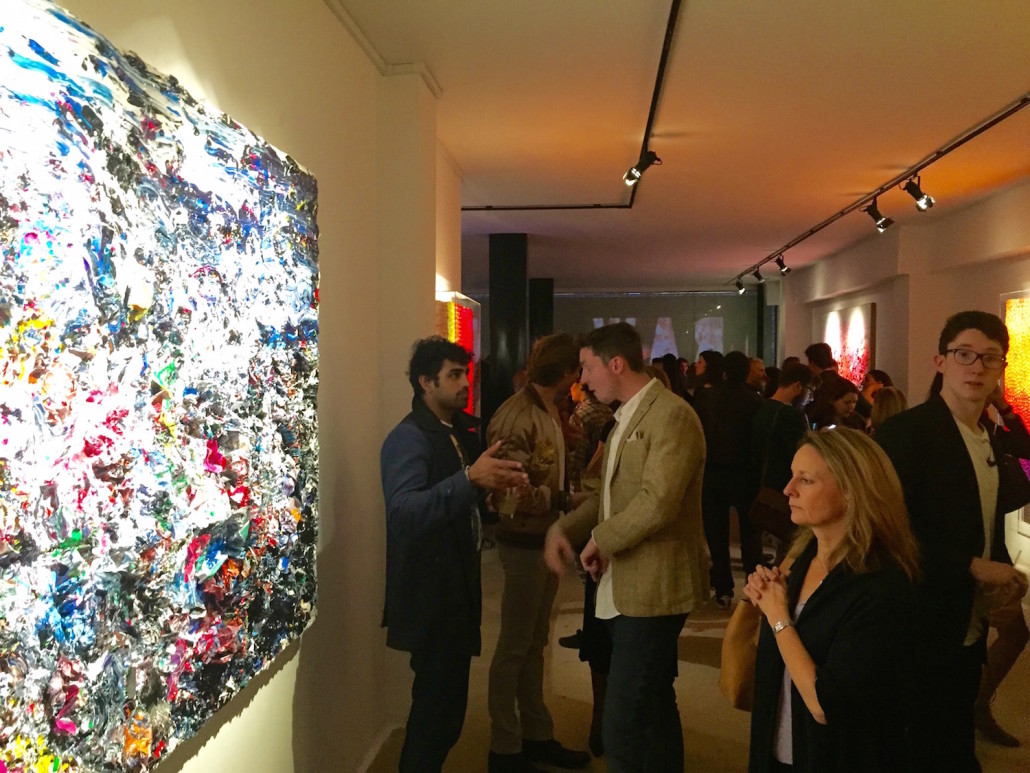
The spacious, moodily lit gallery was packed to the rafters with punters young and old, swigging vodka cocktails while poring over Zhuang’s mesmerizing panel pieces constructed from scrolls of colored rice paper and liberally scumbled pigment. Joe Kennedy told Auction Central News the Instagram bounce had paid off yet again.
“It has been probably our most successful exhibition commercially, and also from an awareness and publicity point of view,” he said. “We have now sold 80 percent of the collection, and we expect the final pieces to be completed by the end of this week. The buyers have been a mixture of our existing clients and also some of the artist’s long-standing international collectors.” Instagram is clearly paying off for Kennedy and his business partner, Jonny Burt.
Another London art professional appearing at the Art Business Conference was Chris Marinello, founder director of new art market Due Diligence company Art Recovery International.

Marinello has just been nominated in the category of “Wealth Management Innovator of the Year” by Spear’s Wealth Management Awards 2015 for the development and launch of the ArtClaim Database. The innovation allows art industry professionals to check objects against the company’s stolen objects database as part of their Due Diligence process. The winner of the Spear’s Award will be announced on Oct. 26 at The Savoy.
Judith Miller, co-founder of the popular Miller’s Antiques Price Guide is one of the most familiar faces in the UK trade and a veritable one-woman industry in antiques publishing, having put her name to over 100 books on antiques and collectibles over the years. She is thus a fitting person to open “The Gentleman’s Library,” the autumn exhibition at W.R. Harvey & Co. of Witney Oxfordshire on Nov. 7.

As those familiar with Messrs. Harveys’ website will already be aware, the Oxfordshire dealers are among the most forward-looking in the UK, ahead of the curve in an industry that took longer than most to cotton on to the commercial benefits of the Internet. Their activities in this realm demonstrate that even the somewhat conservative realm of the antique furniture trade can benefit from digital technology when intelligently used.
The “Gentleman’s Library” selling exhibition, which runs to Nov. 29, features a wide range of Georgian, Regency and earlier furniture and will include a superb George III breakfront library bookcase attributed to Gillows of Lancaster and London.
Constructed in mahogany and satinwood (in 11 sections for ease of transportation) it is priced at £150,000 ($227,650). David Harvey describes it as “one of the most superb pieces I have ever had the pleasure to offer for sale.”
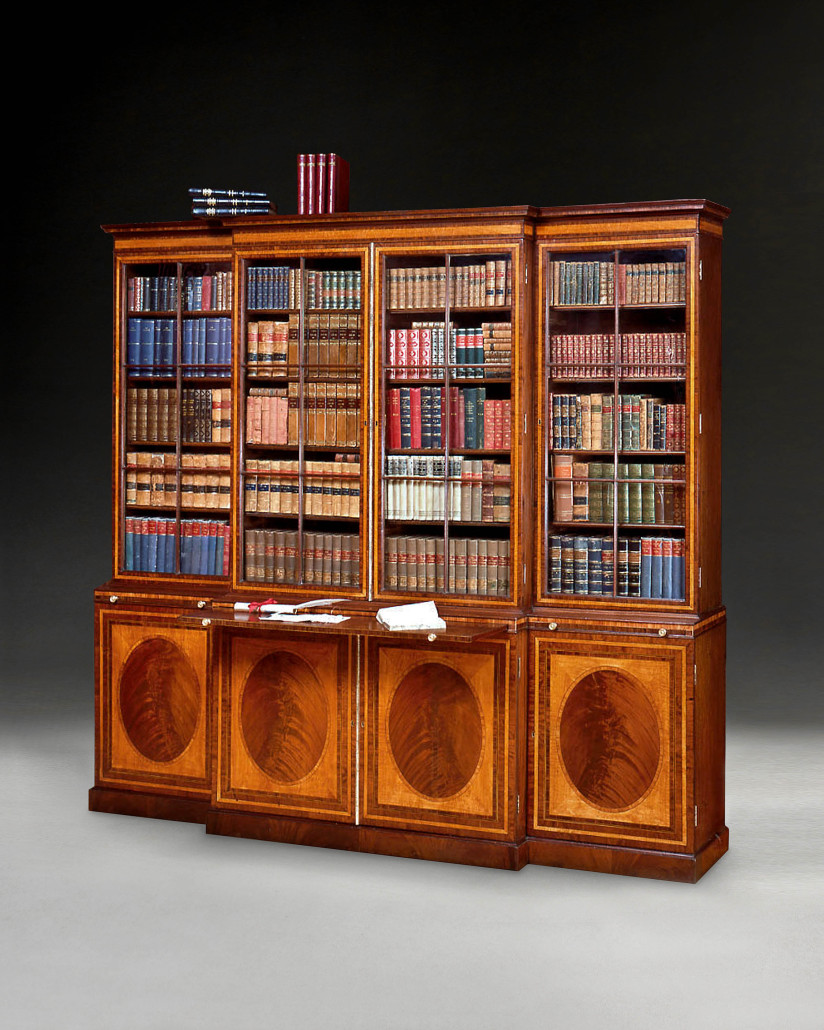
Those attending the exhibition’s opening on Nov. 7 will be treated to a talk in which Judith Miller will recount colorful anecdotes from her many years in the industry.
We don’t often mention silver in this column, but it would be a shame to pass over a new exhibition of the work of the great early 19th-century London silversmith Paul Storr (1771-1844). Leading London silver dealers Koopman Rare Art of Chancery Lane will be staging a landmark exhibition of works by Storr from Oct. 13 to 31, which will include some of the maker’s most sculptural pieces.
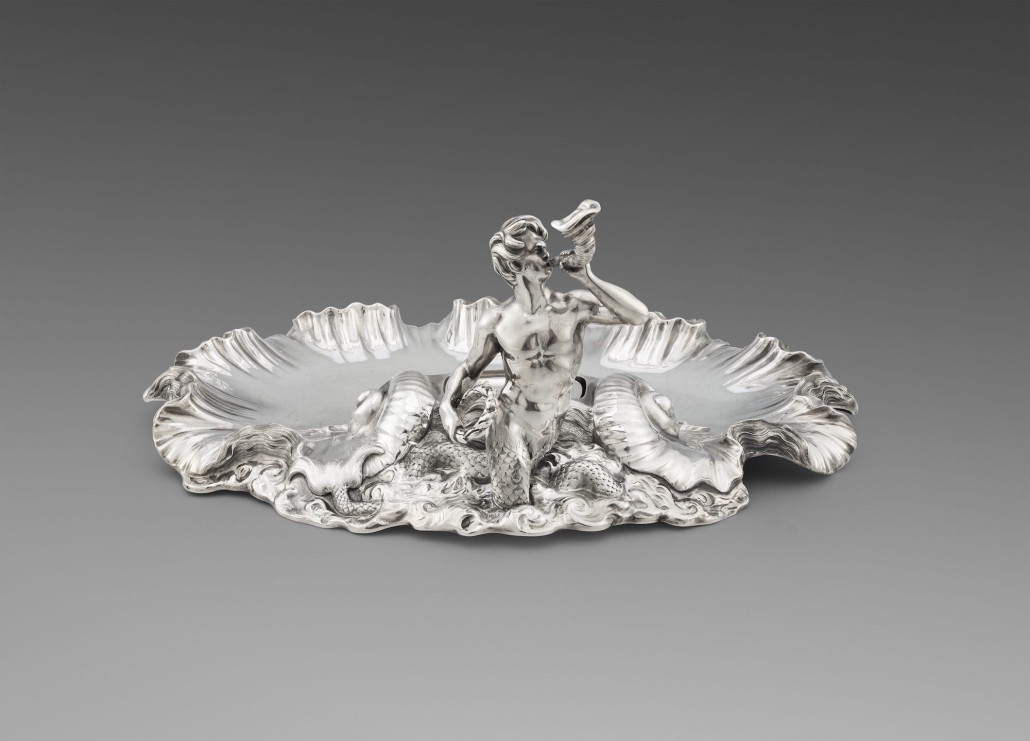
The Koopman show coincides with the launch of a new book on Storr titled Art in Industry: The Silver of Paul Storr, to be published this week by John Adamson. Interestingly, despite Storr’s reputation as the most illustrious silversmith of the Regency era, this is only the second book ever published on him. The author of the new volume, Christopher Hartop, a former director of Christie’s New York, says Storr was no lonely craftsman grafting away in isolation, but rather a canny entrepreneur.
“He had a flair for spotting the best artists, including celebrated painters and sculptors as well as designers, draughtsmen and modelers,” said Hartop.
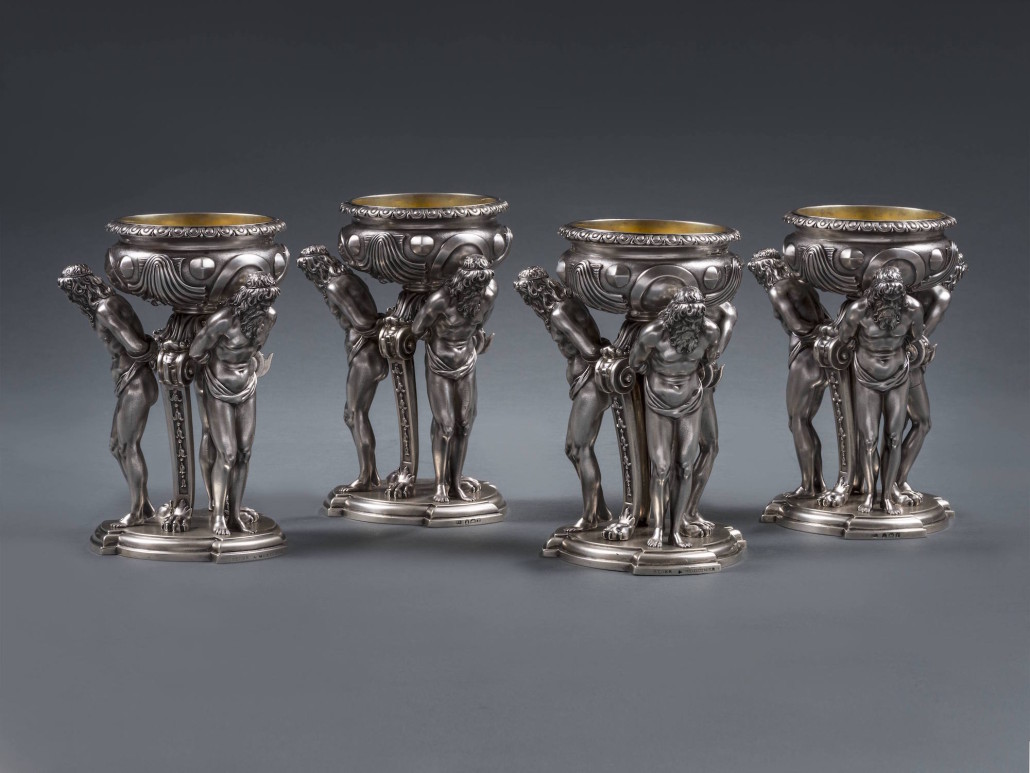
That aspect of Storr’s approach is made abundantly clear in the pieces on show in the Koopman exhibition, many of which reveal an extraordinary sculptural dynamism.
Storr was married with 10 children and died in 1844, leaving a will of £3,000. How much of Paul Storr’s work would that buy today, one wonders?
___
By TOM FLYNN


